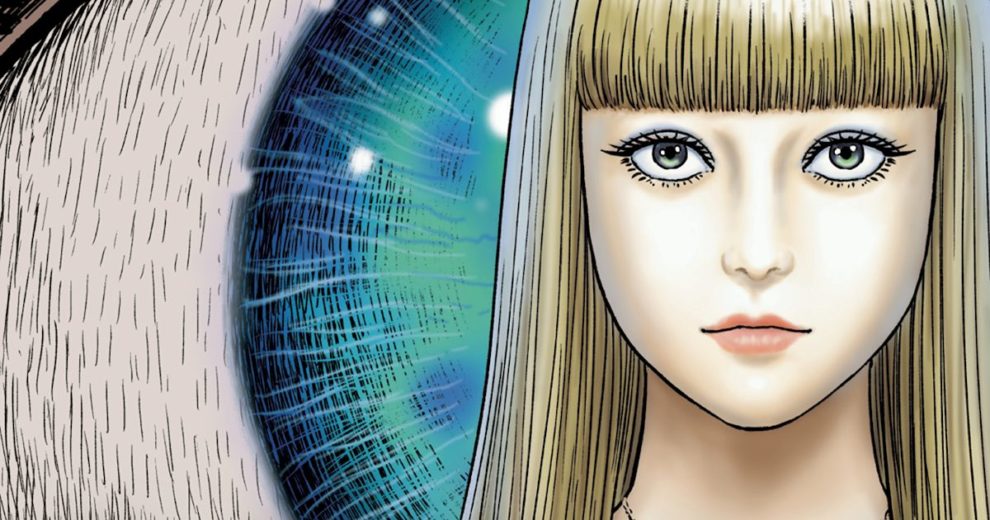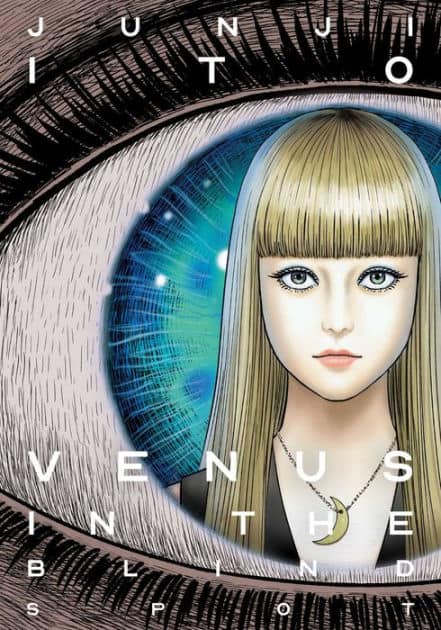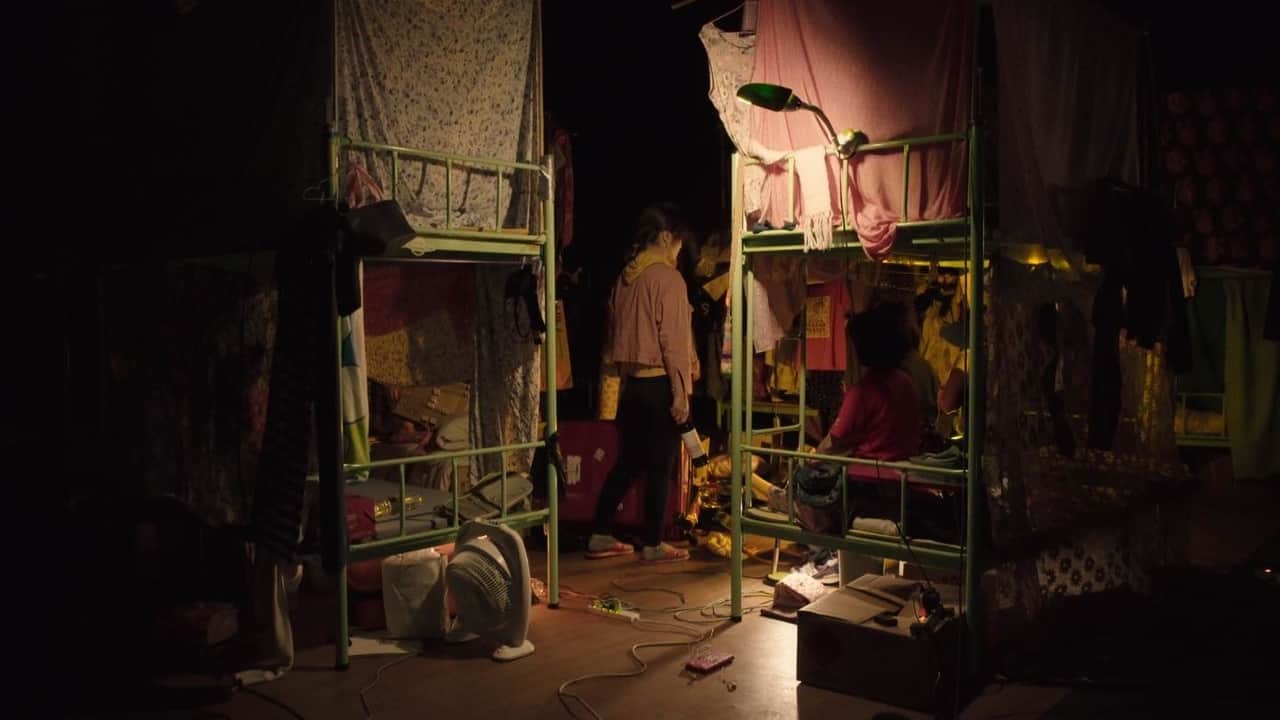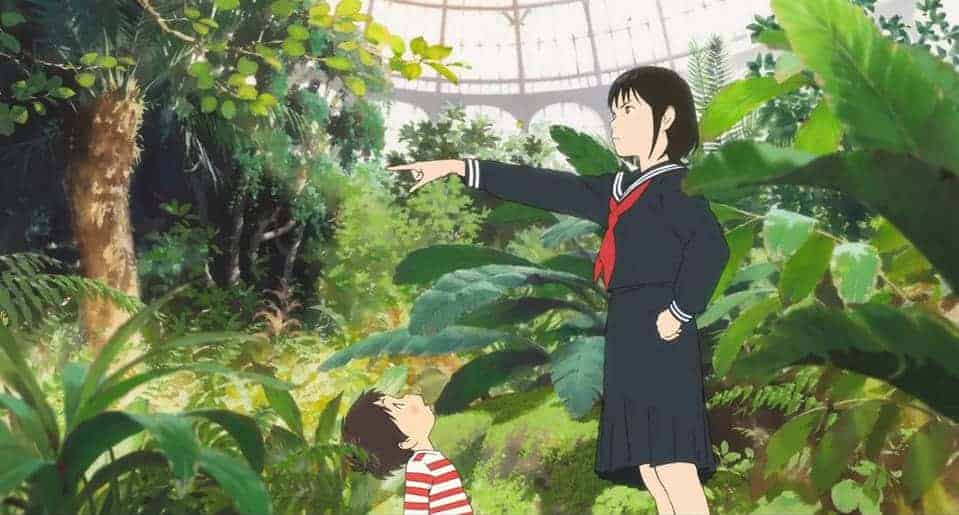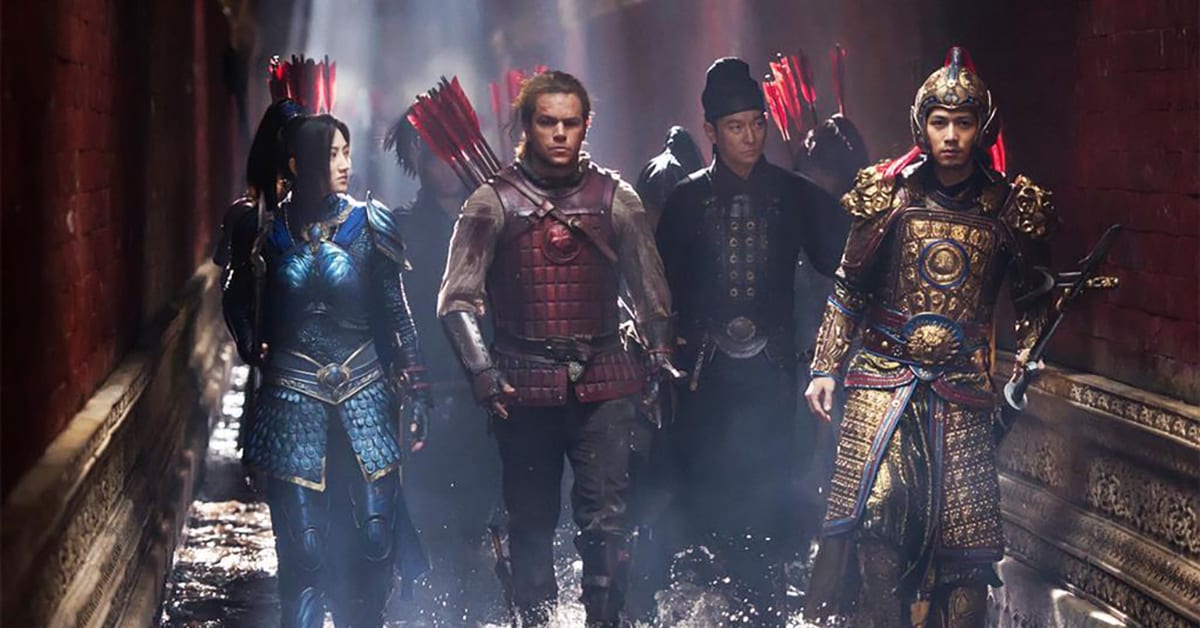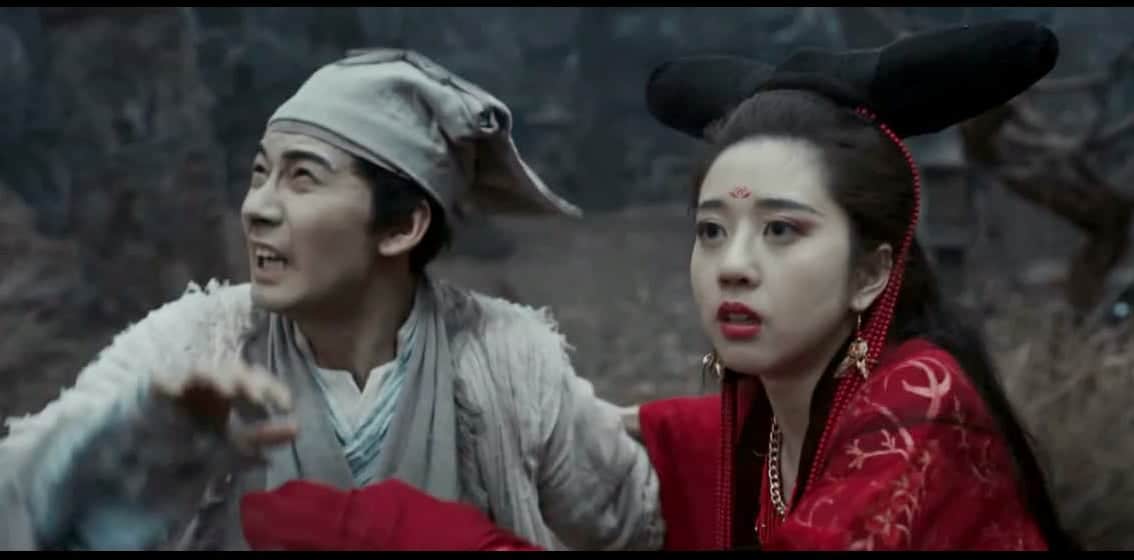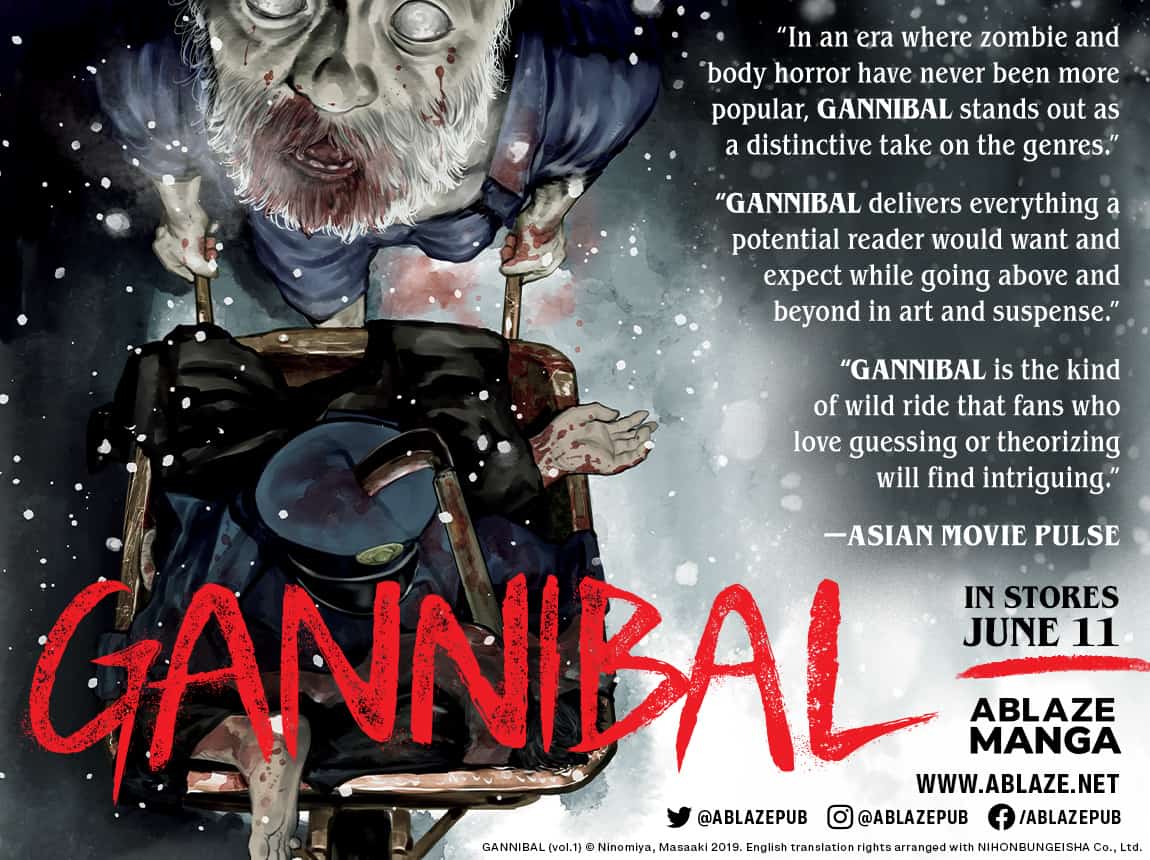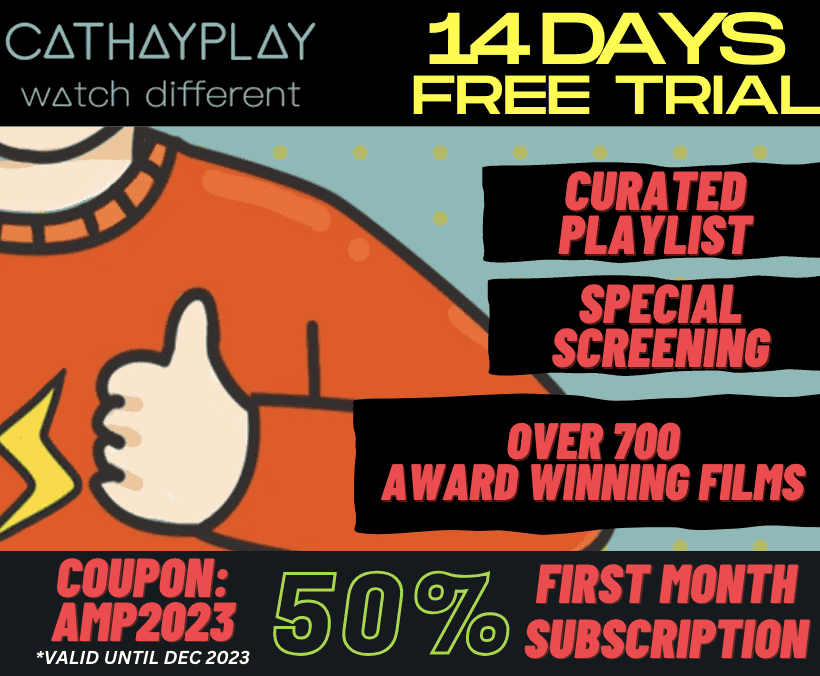The newest collection of stories from the master of Horror Manga, Junji Ito (“No Longer Human“, “Uzumaki“). “Venus in the Blind Spot” contains a few iconic works of the mangaka along with adaptations of Edogawa Rampo and Robert Hichens.
Buy This Title
Billed as a “best of” release of some the iconic creator's work, the newest edition from Viz media exists as the highest quality one to date, an impressive feat granted the publisher's history with the mangaka. However, the phenomenal approach in presentation becomes marred in the story selection which, many fans would agree, is a far-cry from the most notable work created by the master of horror.
To lead on a positive, the release gloriously frames the art of Ito, with opening pages on glossy stock, highlighting his unique visual approach (these pages also include a mini-poster which is a welcomed collectible). In the vein of previous releases, the book is bound in hardcover and printed on high quality paper. However, the release exceeds the previous publications in its creative and consistent exploration of the art through color. The vivid pallets act as an ideal way to highlight the horror of Ito's work, while breathing some life into some familiar stories. Strictly looking at the approach to presentation, “Venus” certainly does feel like it was treated under the mentality of presenting the most loved stories from Ito.
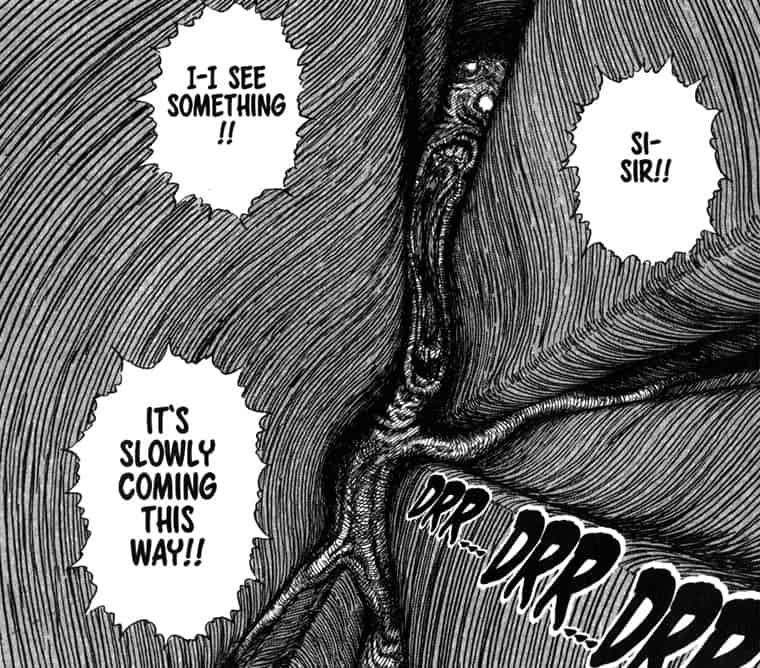
Unfortunately, the sense of receiving the best falls short after the initial impressions given by the stunning approach to visuals. As a result, browsing the selection of stories one could be lead to believe “Venus” more reflective of a ‘B-side' release. This boils down to a few different aspects; three stories that are not from the creator himself, the republication of a fan favorite, and a weak title story in “Venus in the Blind Spot”. Additionally, the story of “Master Umezz and Me”, while offering a playful autobiographical tribute to the manga icon in Kazuo Umezu, would by no means be reflective of the best by any fan who favors horror.
Off the back of this, the claim to quality rests largely in three stories, Billions Alone, The Licking Woman and The Enigma of Amigara Fault, with the later being a somewhat frustrating addition only for being previously published. These three stories do embrace the best of the artists, with Billions alone (also known as Army of One) being one of the most revered stories of the creator that had yet to be published in English. The remaining stories are serviceable, with none of them being bad, but far from qualifying as career defining work.
The release still holds all the elements that make Ito such a beloved name: detailed/disturbing visual approach, otherworldly horror, and casual touches of dark humor. For fans of the mangaka, they will certainly still be pleased by this collection, particularly with the stunning approach to visual presentation. However, for those uninitiated to the work of Ito, they would be much better served to pick up a collection like .”Shiver” or “Squashed”, which, while not only being longer editions, offer more varied original work from the master of horror manga. Alternatively, Viz Media published one of the best adaptations ever realized in “No Longer Human”, a harrowing exploration of one mans' downfall.


